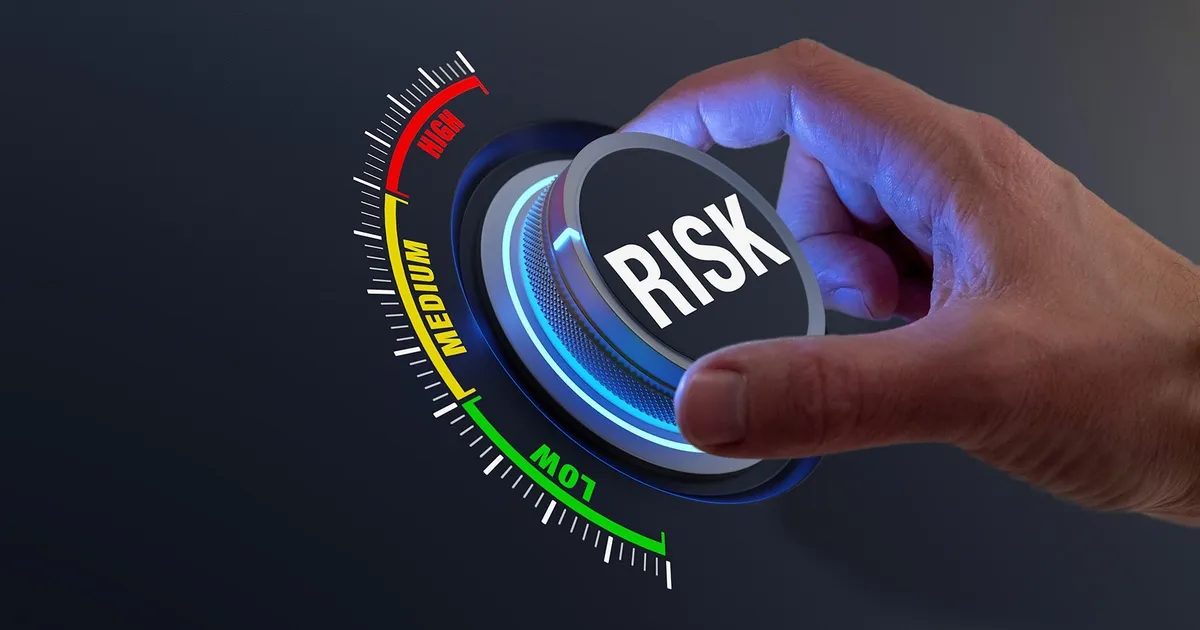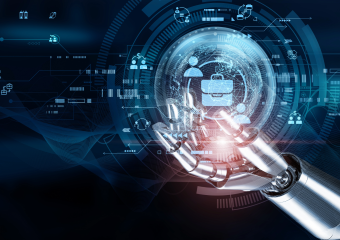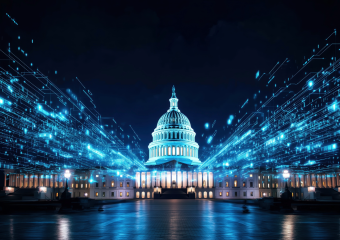AI Risk vs Model Risk: Why Most CROs Fail
AI Risk ≠ Model Risk and Why Most CROs Are Looking at the Wrong Thing
AI risk is often confused with model risk, yet these two concepts represent significantly different challenges within the realm of risk management. For Chief Risk Officers (CROs) navigating the rapidly evolving landscape of artificial intelligence (AI), it is vital to distinguish between the two to protect their organizations effectively.
Understanding the Distinction Between AI Risk and Model Risk
At its core, model risk pertains to the potential for a model to cause financial losses due to errors in its design, implementation, or the data it uses. This risk primarily focuses on the inaccuracies that can arise from mathematical and statistical models which are constructed to make predictions or decisions. Model risk management is well-established, with rigorous validation frameworks and historical data to support decision-making processes.
Conversely, AI risk extends far beyond the boundaries of traditional model risks. AI systems, particularly those employing machine learning (ML) and deep learning algorithms, entail a broader spectrum of uncertainties and potential harms. These risks can emerge not only from the models themselves but from the AI’s interaction with its environment, the potential for it to learn from biased data, or its ability to perpetuate or even exacerbate these biases.
The Scope and Impact of AI Risk
AI technologies are being integrated across various sectors including finance, healthcare, automotive, and more, each introducing unique vulnerabilities. AI systems can evolve and operate in ways that are opaque often referred to as the “black box” phenomenon, which obscures how inputs are transformed into outputs. This unpredictability makes it particularly challenging for CROs to predict and mitigate risks using traditional model risk frameworks.
The consequences of unmitigated AI risk can be profound. For example, in autonomous vehicles, an AI system’s failure to correctly interpret a stop sign due to poor lighting conditions could lead to accidents, loss of life, and significant legal liabilities. Similarly, in the financial sector, AI-driven trading algorithms could develop risky trading strategies that could lead to enormous financial losses before they are even detected.
Why Are CROs Focusing on the Wrong Thing?
Despite these challenges, many CROs continue to apply traditional model risk management tools to AI risks, often underestimating the broader scope of hazards AI can bring. This approach typically falls short because:
- AI Systems Learn and Adapt: Unlike static models, AI systems continually evolve based on new data, potentially leading to unforeseen consequences.
- Complex Interactions: AI systems in operational environments interact in complex ways with other systems and humans, creating emergent behaviors that traditional risk models cannot predict.
- Socio-technical Systems: AI applications are not just technical systems but socio-technical ones, where societal, ethical, and legal dimensions play a crucial role.
Rethinking Risk Management in the Age of AI
For effective risk management in AI, CROs need to adopt a more comprehensive approach that considers the dynamic and complex nature of artificial intelligence. This may include:
- Developing New Frameworks: Designing AI-specific risk assessment frameworks that consider the unique characteristics of AI systems, such as adaptability and autonomy.
- Transparency and Explainability: Implementing measures to increase the transparency of AI decisions and fostering developments in explainable AI to mitigate the “black box” issue.
- Continuous Monitoring and Testing: Establishing continuous monitoring systems to evaluate the performance of AI systems in real-time and conducting scenario analysis to predict potential fail states.
Conclusion
As AI continues to pervade every aspect of modern business and governance, the need for a shift in how risks are managed becomes increasingly apparent. While model risk management remains a critical function, CROs must expand their focus to encompass the broader, more complex spectrum of AI risks. By embracing AI-specific strategies and tools, risk officers can better safeguard their organizations in this new technological epoch, ensuring resilience against the sophisticated challenges posed by AI systems. This strategic shift is not just beneficial—it’s imperative for the future stability and success of corporations in the age of artificial intelligence.







